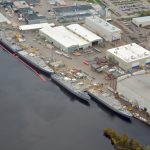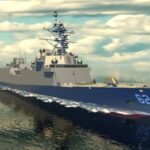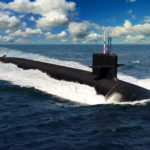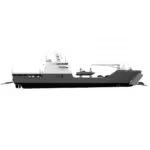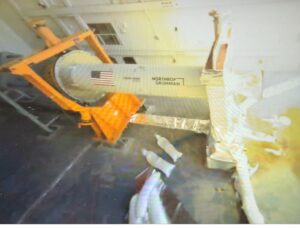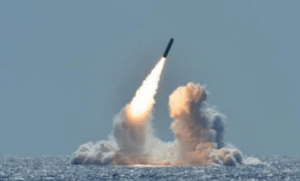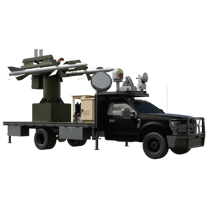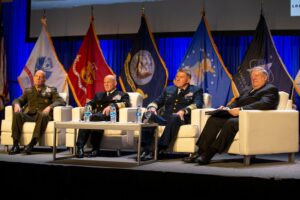
The Chief of Naval Operations (CNO) last week said he believes a fleet of over 500 ships is needed for the Navy to meet its commitments and the defense strategy by 2040. “I’ve concluded, consistent with the analysis, that we need an ample force of over 500 ships,” Adm. Mike Gilday said during a panel at the WEST 2022 conference on Feb. 18, co-hosted by AFCEA and the U.S. Naval Institute, in San Diego. His view on carrier aviation unchanged,…

 By
By 